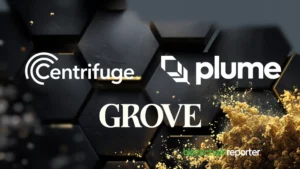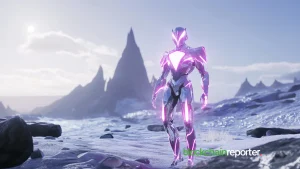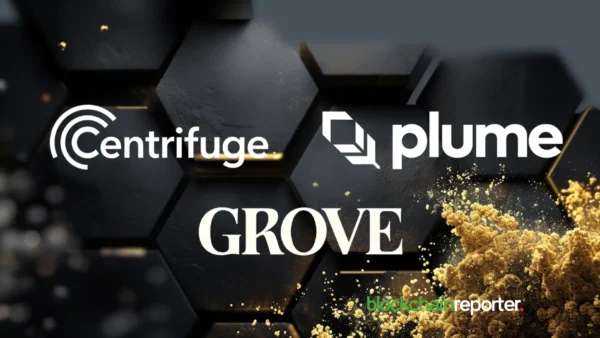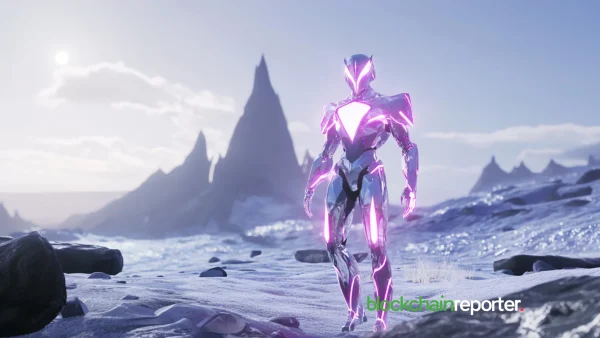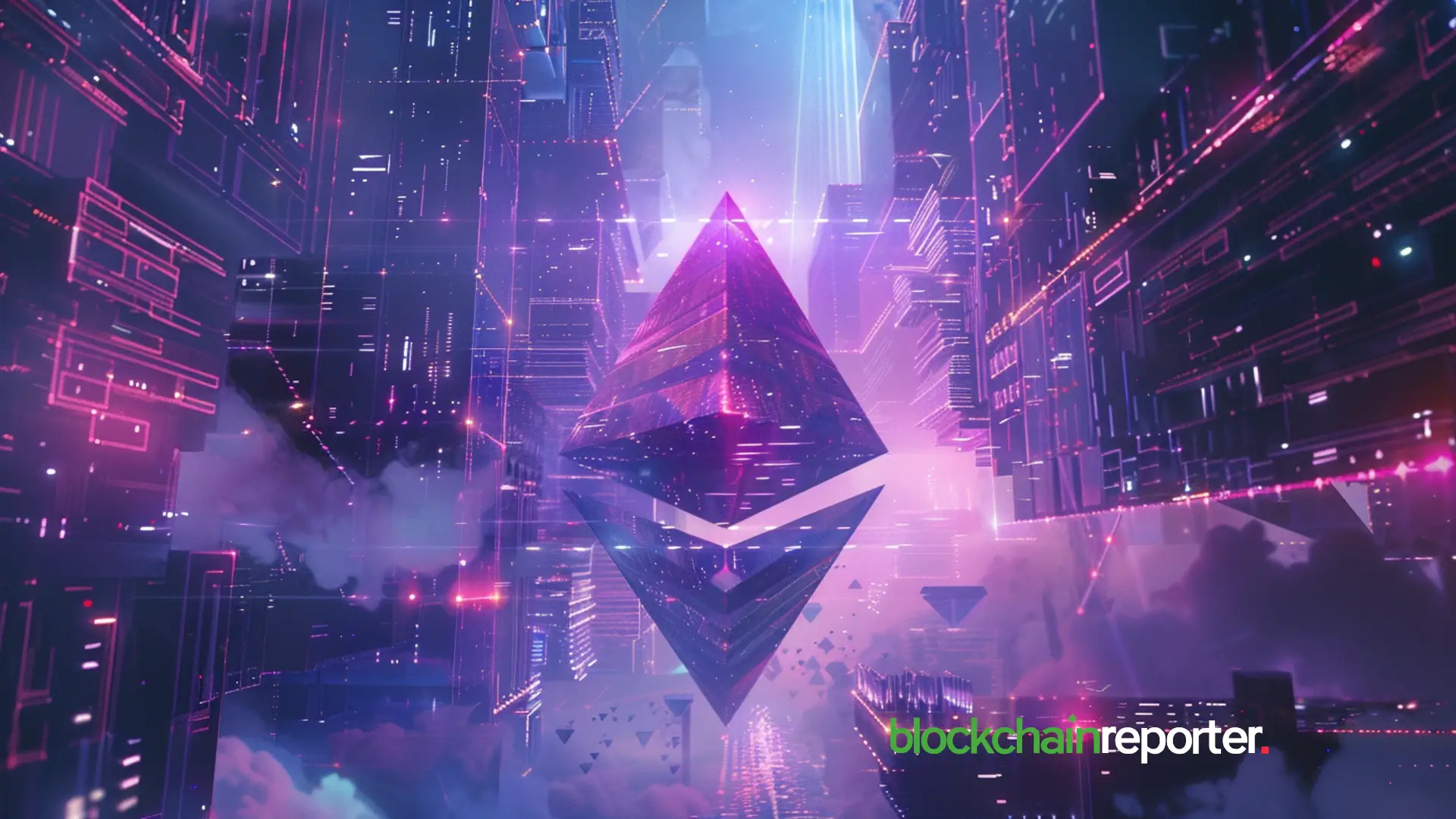
- Why Ethereum Came Up With The Merge?
- The Pros And Cons Of The Ethereum Merge
- Reaction Of Investors And Businesses To The Merge
- Major Issues For Crypto Are Still There
The decentralized cryptocurrency platform Ethereum has successfully implemented a significant update of its infrastructure that would hopefully cut down on the amount of energy that the network consumes. However, the update may result in further modifications to the way Ethereum operates. Paul Vigna, Wall Street Journal reporter on cryptocurrencies, joins Zoe Thomas, host of the WSJ Tech News Briefing, to explore why the big change is being introduced and what it could imply for DeFi Ethereum April Vigna Street Journal.
You might already be familiar with the fact that the cryptocurrency platform Ethereum is a distributed ledger technology that enables users to construct applications on top of Ethereum’s blockchain. It functions similarly to an operating system on a computer, but rather than being managed by a centralized company like Apple or Microsoft, it is managed in a decentralized manner by a network of computers that verify and process transactions.
Now, the organization that manages Ethereum is ready for a significant operational shift. It is referred to as the Ethereum Merge, and it has crypto enthusiasts quite excited. This blog discusses Zoe Thomas’s podcast to discover what’s behind all the enthusiasm and what the change is in the first place for DeFi Ethereum (April Vigna Wall Street Journal).
Why Ethereum Came Up With The Merge?
The Ethereum Merge, which is essentially a software upgrade, has successfully been performed on Ethereum, and the software upgrade will cause a change in the way that the network functions. And the design is intended to make it less harmful to the environment as well as reduce the amount of energy that is required to keep the network operational. In the podcast with Zoe Thomas, Paul Vigna explained that networks such as Ethereum and Bitcoin, as well as the vast majority of these other cryptocurrencies, are examples of open networks.
Anyone can function as an operator on the network by simply downloading the software, logging on with their computer, and performing the necessary tasks. Proof-of-Work (PoW) methods are now being utilized by both Bitcoin and Ethereum. This is how both of these cryptocurrencies validate transactions. However, as mentioned before, the operation of all of that processing power is tremendously harmful to the environment. It consumes a great deal of energy.
Therefore, Ethereum will be implementing a method known as Proof-of-Stake (PoS), in which users will be required to stake money rather than being forced to spend computational power and, consequently, energy. In order to participate in the network as a validator and become one of the operators, you will need to wager a particular amount of money. According to Paul Vigna, Ethereum developers believe that it has the potential to cut Ethereum’s energy expenses and use by 99%, which would be fantastic and it’s significant. He explained it in great length in the podcast with Zoe Thomas.
The Pros And Cons Of The Ethereum Merge
In the DeFi Ethereum April Vigna Street Journal podcast by Zoe Thomas, Paul Vigna shed light on the pros and cons of the Ethereum Merge. It is hoped that the Merge would also hasten the processing of transactions on the network, which will lead to a reduction in the number of bottlenecks that currently exist. It’s like the traffic on Route 3 in the morning on the way into the city: there are a lot of obstacles where sometimes transactions all get stuck because there are just too many transactions for the network to manage.
For example, Paul Vigna stated in Zoe Thomas’s podcast that the Lincoln Tunnel has a capacity that prevents everyone from going through it at the same time. It is hoped that this would result in a reduction of bottlenecks, which in turn will result in reduced prices for those who are really using the network. There is a method through which you may pay a price, and the fee is supposed to be low on a per-transaction basis. Nevertheless, when you get these bottlenecks, the fees are, in a way, sort of recalibrated so that whoever spends more can get their automobile through the tunnel faster.
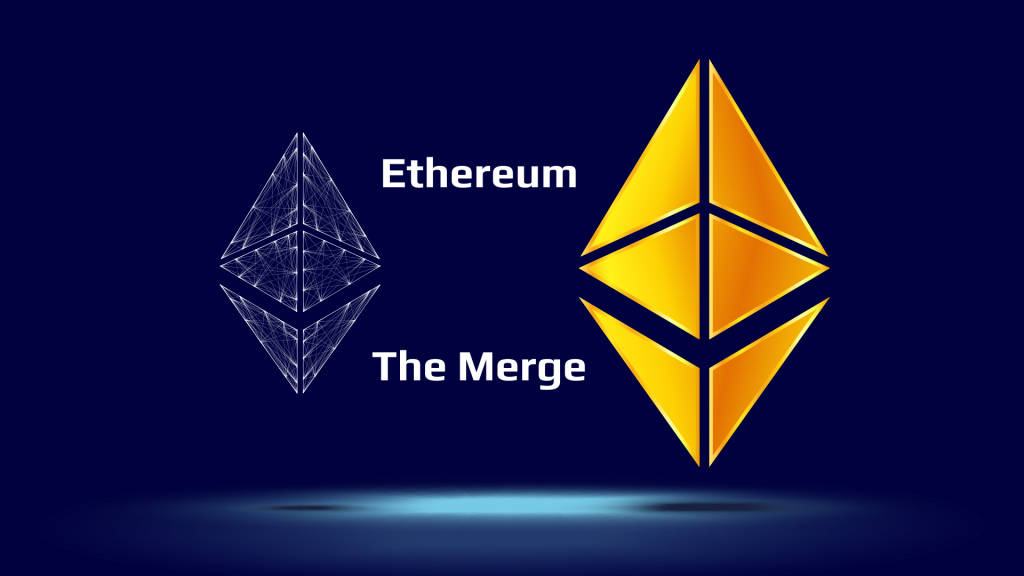
Thus, the fees may increase. For instance, early on in this year, it increased to a whopping $200 for each transaction, which is completely ridiculous. That cannot function as a network server. As per Paul Vigna, to this day, Ethereum’s most significant flaw is that it is simply too difficult for the average individual to take the time to educate oneself about Ethereum, download the software, run it, and determine how it is supposed to be run, obtain a wallet, and learn how to secure it. He explained in the Zoe Thomas podcast that this is the primary reason why Ethereum has not yet achieved widespread adoption.
There are countless accounts of people who have had their money stolen from them simply due to the fact that they did not comprehend the basic safety criteria. According to Paul Vigna, there’s no deposit insurance. You are not opening a savings account for which the bank is ultimately accountable for it, and in the event that the bank fails, the Federal Deposit Insurance Corporation (FDIC) does not step in and require you to hang onto your savings. Paul mentioned in Zoe Thomas’s podcast that users and traders are liable for it. There are a lot of steps involved in being part of Ethereum, and the majority of individuals are not going to take those steps.
Reaction Of Investors And Businesses To The Merge
In Zoe Thomas’s podcast, Paul said that crypto investors and businesses have responded quite enthusiastically. Since late June, when the value of all cryptocurrencies reached its lowest point, since late June, the price of Ethereum has more than doubled at one point. Late in the month of June, it was trading for less than $1,000, but as of a week ago, it had almost reached the $2,000 mark. And the majority of that was just individuals ecstatic that the Ethereum Merge had finally taken place; they had been talking about it and working on it for years, but there had been numerous delays, and there had never been a set date, so they had no idea whether it would actually take place or not.
In the DeFi Ethereum (April Vigna Wall Street Journal) podcast by Zoe Thomas, Paul Vigna explained that users might still have a scenario in which they had to delay it again, but they set a relatively firm date of about September 15th for this to take effect. Consequently, the Ethereum Merge finally happened. Paul Vigna explained that people have been growing more and more enthusiastic over the past month or so about the fact that this event is actually going to take place. The price of ETH has been driven upward as a result of this, which traders have used as an incentive to buy ETH. And at one time, as stated, it increased by more than 100%.
Major Issues For Crypto Are Still There
Paul Vigna explained in the Zoe Thomas podcast that the Ethereum Merge by itself is not going to be the thing that transforms the fortunes of all of the cryptocurrency markets. This means it will just be one of many factors. All of the extremely significant problems remain. The legislative ambiguity, the lack of security, and the fact that, if you look around, there is nearly a hack every week in the cryptocurrency markets are all contributing factors. Because of the way the markets are set up and what we’ve seen so far this year, we know that when things like this fail, they crash hard, and there are no backstops.
According to Paul Vigna, there is still a significant problem with the absence of any kind of persuasive use case. Trading virtual currencies is now the only practical use for cryptocurrencies because there is not much else you can do with them. And that is acceptable for many individuals. That appeals to a large number of individuals, and considering how much people enjoy financial success, it makes sense. However, at some point, you will need to devise a very utilitarian motive for individuals to be interested in this and to want to use it. This is a must for people to want to use it.
READ MORE:
What Traders Should Expect from The Ethereum Merge: Everything You Need to Know
Cardano’s Vasil Upgrade is Live
SEC Asserts that US Authorities Have Jurisdiction over the Network of Ethereum



